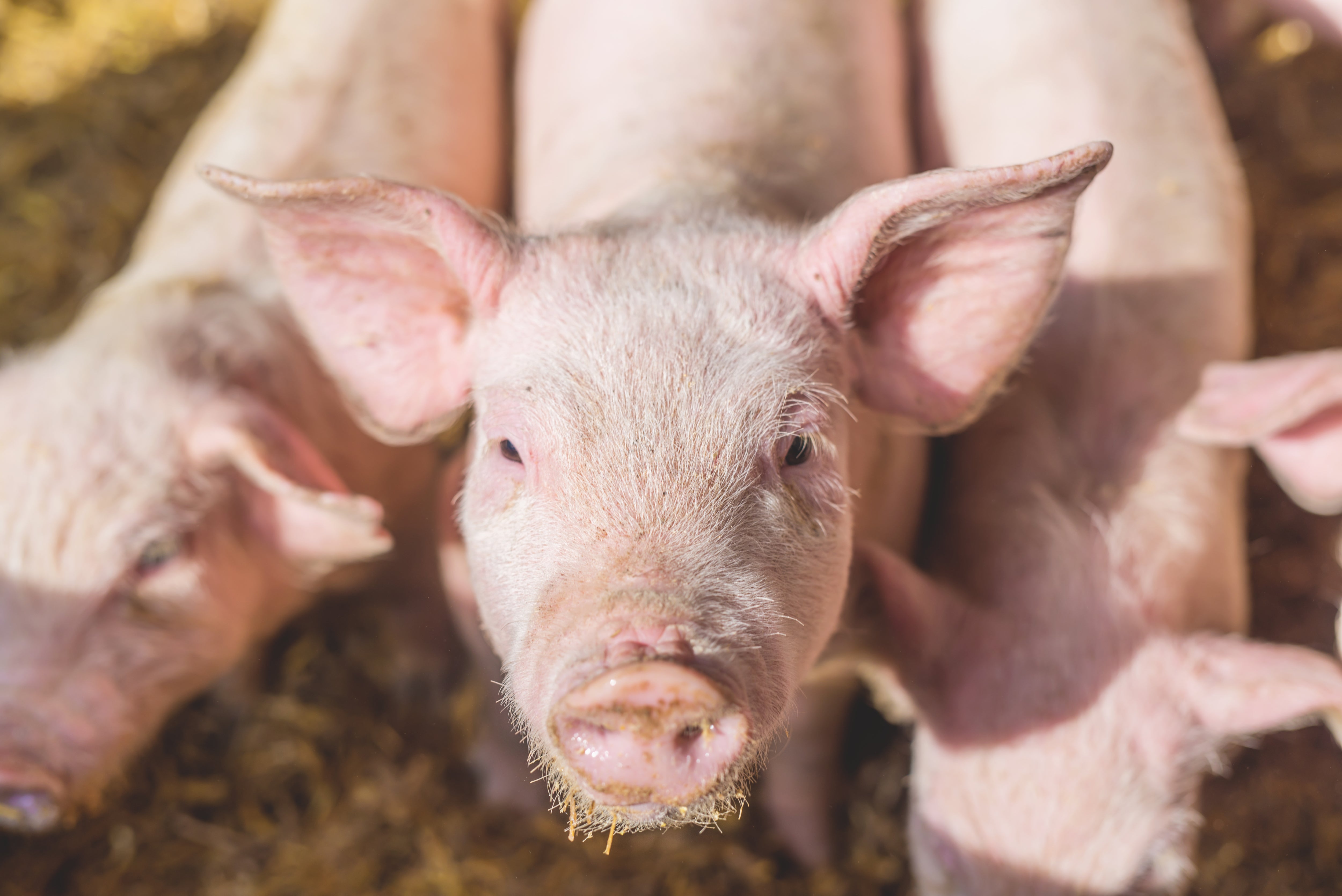Earlier this month, the U.S. Department of Agriculture predicted that Americans will eat a record-breaking amount of meat in 2018 [PDF] – 223 pounds per person of chicken, pork and beef. That’s why I went to Atlanta last week to speak to environmental managers for the nation’s largest meat companies at a conference held by the North American Meat Institute.
My message for those I met? Animal agriculture should be leading the way in addressing the full impacts of their supply chains, from feed grain production all the way to the consumer.
When it comes to sustainability, the animal agriculture industry isn’t known for being at the front of the pack. For example, a 2017 analysis of water risk by the non-profit organization Ceres found that among the agricultural products, beverage and processed foods industries, the meat industry was the lowest performing. It doesn’t have to be that way.
I’ve learned from firsthand experience managing EDF’s collaboration with Smithfield Foods, the largest pork producer in the world, that animal agriculture companies that tackle the environmental impacts of their supply chains have huge opportunities to create value for farmers, their businesses and the environment.
Here are three reasons why animal agriculture should lead in addressing these impacts.

1. Supply chain knowledge
Typical food companies purchase all of their ingredients, and often have very little visibility into where those ingredients came from, how they were produced and what the impacts of their production were. That makes it difficult for them to even begin to figure out how to reduce those impacts.
In contrast, many animal agriculture companies have “vertically-integrated” supply chains, which means they own at least some portion of their processing plants, farms, feed mills and grain buying stations. That means they are starting far ahead of other food companies in understanding their supply chains – the first step to improving them.
[Tweet “3 reasons animal agriculture should be leading the way on supply chain sustainability, via EDF’s @MaggieMonasthttps://www.edf.org/XzM”]
2. Relationships
No ambitious supply chain sustainability goal can be achieved by a company on its own. Supply chain goals are aimed at large-scale improvement, and that requires buy-in from suppliers and often collaboration with other corporations, local communities and non-profit organizations like EDF.
In effect, the strength of a company’s relationships with others will make or break its goal. And this is another area where animal agriculture companies have an advantage – owning or contracting with multiple links of the supply chain means that animal agriculture companies have relationships with others at each link. That creates a ready audience and potential group of partners for implementing a sustainability program.
3. Ability to capture value
That’s the kind of operational change that gets environmentalists excited – incorporating sustainability into business as usual.
When Smithfield set a goal to improve fertilizer efficiency and soil health in its grain sourcing regions, the company discovered a natural fit between its business and sustainability objectives: providing grain farmers with agronomic advice makes those farmers more productive and successful, builds their relationship with Smithfield and results in more local grain coming to Smithfield.
After a few years of providing agronomic services to grain farmers through its environmental division, Smithfield decided to move agronomists into its grain buying team. That’s the kind of operational change that gets environmentalists excited – incorporating sustainability into business as usual.
While meat consumption is rising in the U.S., that doesn’t mean we have to be resigned to greater and greater negative environmental impacts. It is time for the animal agriculture industry to become leaders in addressing the impacts of its supply chains.
There is evidence that this shift is happening: Tyson Foods announced that they are developing comprehensive supply chain sustainability goals in collaboration with the World Resources Institute. For other animal agriculture companies considering supply chain sustainability goals, I encourage you to take the leap – opportunity is waiting.
Related:
How Smithfield’s landmark climate goal benefits farmers and the planet
Why the world’s largest pork producer is breaking new sustainability barriers
3 ways NGOs can help sustainable supply chains grow










One Comment
When you start to promote a vegan diet as the way to end animal suffering and the damage to our planet, then I’ll donate